If you have ever visited an area where cattail and/or bulrush thrive, you will undoubtedly have heard the call of the Marsh Wren (Cistothorus palustris) in the winter and spring. These vociferous little birds can usually be heard throughout the freshwater and saltwater marshes in North America.
The male of the species will rattle off up to 200 songs, his repertoire size varying geographically, with the western males having considerably larger repertoires than eastern males1.
The male shown in the video above, filmed at Sacramento National Wildlife Refuge, was in the process of gathering nesting material for what usually adds up to a dozen to two dozen nests! Why do they build so many nests? According to Birds of North America Online, there may be several reasons.
Not only do they outline their territory with the many nests built, young males may be practicing their building techniques. The nests can also serve as shelter for newly fledged young and for adults, especially during winter in resident populations like those in the California central valley. A large number of nests could also serve as decoys for predators. Some of these dummy nests form the nucleus of the courting center, and females inspect these nests during courtship.
The majority of male Marsh Wrens are polygamous and they sing not only to delineate their territory but obviously to attract a mate as well.
If a female approaches the male’s territory, he flies toward her and, with tail cocked over his head, delivers a rapid volley of songs. If she enters his territory, he flies toward his courting center, where his nests are under construction, and sometimes she follows. Escorted by the male, the female then visits and often enters several nests in succession. During this courtship, the male does little singing but much displaying, often leading females from one nest to another, nervously bowing with tail held high, commonly touching the back of his head1.
It is obvious to me that the male Marsh Wrens at Sacramento National Wildlife Refuge are getting ready for the females to visit their breeding territories. Back in the 2010 breeding season, I was able to observe a male building a nest at this exact same time of year.
He would bring in the water-soaked strips of grass or cattail leaves to line the nest, spend a few moments inside arranging the new addition and then pop back out and sing for his mate.
I shot this video of the male bringing in the nesting material and arranging it within the nest before flying back out to a branch to sing. After a male pairs, his singing increases (makes sense to me), unlike the pattern in many other songbirds. The percentage of time in song is greatest during the prelaying period, after which the male moves his primary singing location to a new courting center and begins constructing new courting nests1.
httpv://youtu.be/bz6Hgu_UVCw
Obviously, our National Wildlife Refuge System is one of our most cherished environmental treasures. We not only want to keep them going, we want to expand them.
Do you enjoy the National Wildlife Refuges in your area? National Wildlife Refuges have been underfunded since President Theodore Roosevelt created the first refuge in 1903 and Congress refused to appropriate money to manage it. Without adequate funding, habitats are not restored, invasive species are left unchecked, poaching and other illegal activities occur and our nation’s wildlife suffers2.
America’s National Wildlife Refuge System is the world’s largest network of protected areas dedicated to wildlife conservation. For more than a century, the refuge system has been integral to bringing species such as the whooping crane back from the brink of extinction. Each year, tens of millions of people visit and enjoy national wildlife refuges in every U.S. state and territory, infusing nearly $1.74 billion into local economies and creating more than 32,500 U.S. jobs3.
Would you like to be part of creating an additional income stream for our National Wildlife Refuge System? If you haven’t heard of our proposal for a Wildlife Conservation Stamp, please check out our new website where we will be promoting a plan to get an alternative stamp issued to increase revenue for our refuges. While you’re there, go to our Facebook page and “Like Us.”
We are looking for bird enthusiasts, photographers, bloggers, biologists, hikers, conservationists, wildlife rehabilitators, scientists, teachers, artists and anyone else with a common passion and concern for our nation’s wildlife and wild habitats to join us in encouraging our legislators to create an alternative to the Duck Stamp for non-consumptive users of the wildlife refuges.
If this sounds like a great idea to you, providing a consistent source of income for our refuges, separate but parallel to the current Federal Duck Stamp program, and you are involved in conservation or wildlife preservation, please send me an email with a short bio and a photo (at least 150 x 150 pixels) to place on our “About Us” page. We will keep you updated on our progress in this endeavor and entertain suggestions on the best way to implement our proposal.
References: 1Birds of North America Online,2National Wildlife Refuge Association, 3Defenders of Wildlife


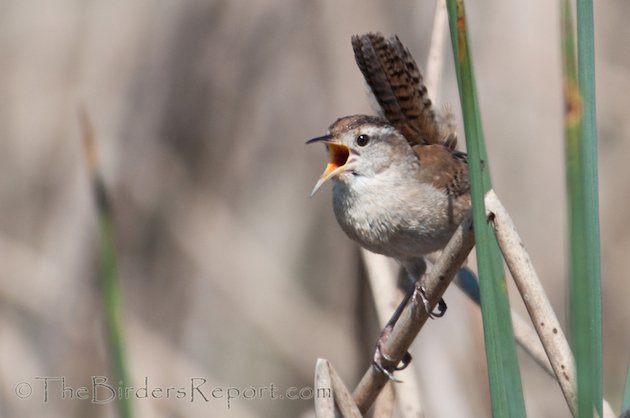
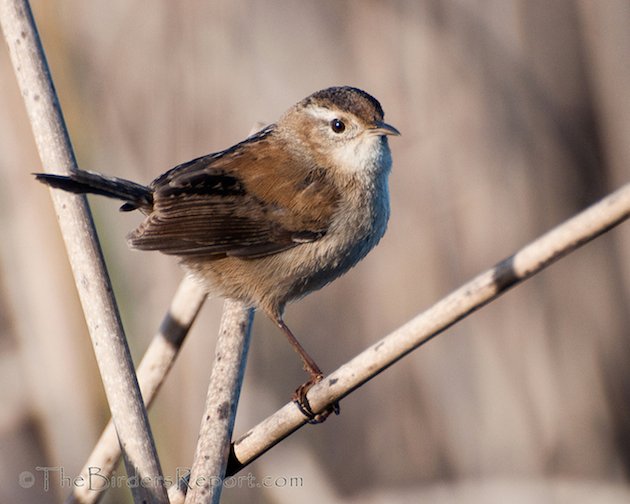
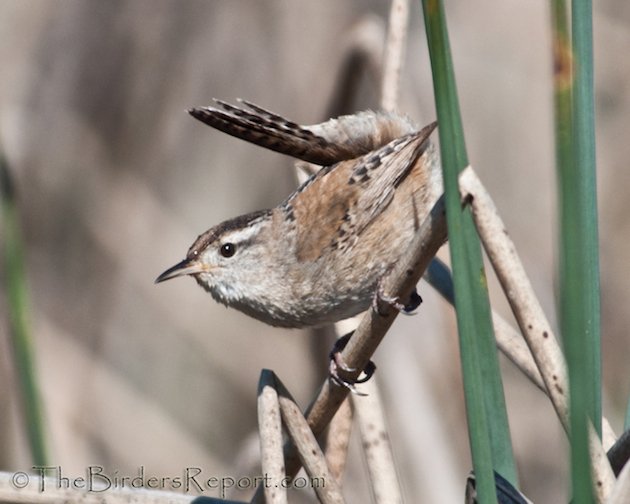
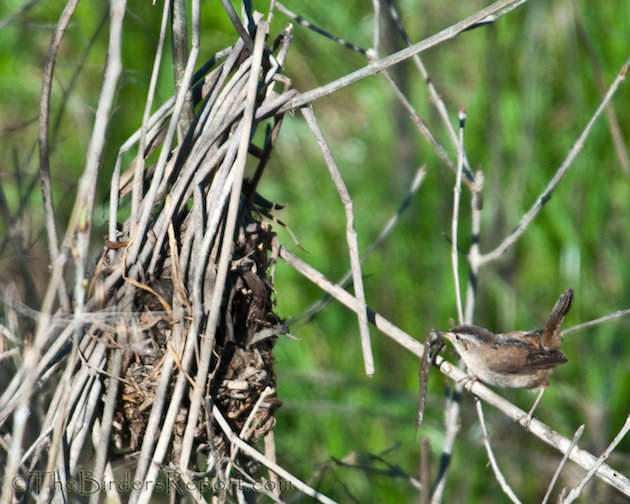
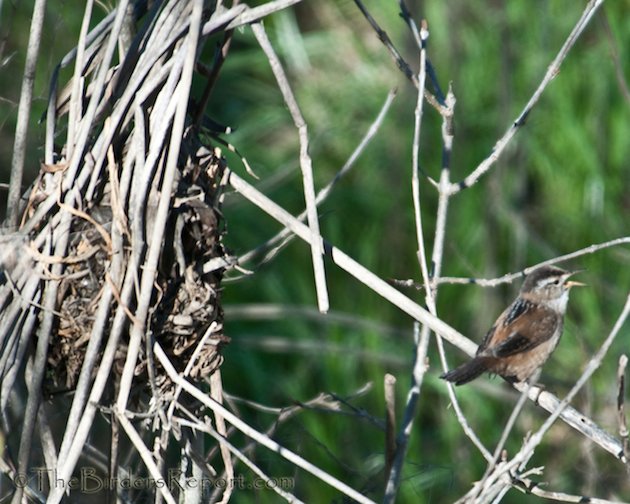











I really enjoyed this post, Larry! Wonderful photos, and I loved the video. These little birds are hard to photograph and are among my favorites to watch and listen to. 🙂
Great captures of the Marsh Wren!
Thanks Kelly! They are such a joy to watch as they scurry about at what seems to be top speed.
Thanks Cindy. It seems that whenever I get to the wildlife refuge I have at least one chance at getting a good photo of these little balls of energy!
Thanks for all the fascinating information about these lovely little birds! Great photos!
What a comprehensive and delightful post on the marsh wren. I have been privileged to watch them but have never managed to capture even one decent shot, let alone a whole host of them! Thank you so much.
Love the images of these beauties and you did a great job with your captures as they flitted among the reeds. Have a great weekend~